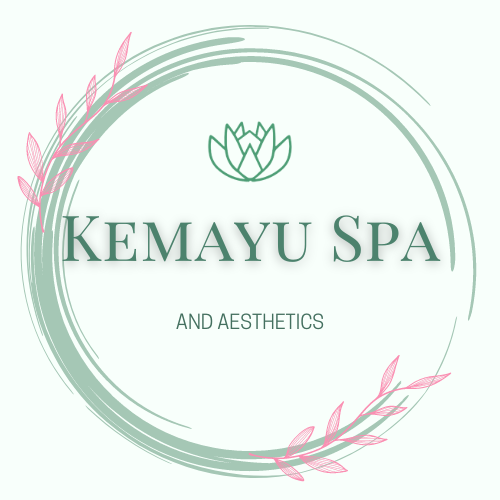Do You Have Rosacea?
By Mel De Jager
Its amazing, since we have been more educated about rosacea, we have realized more and more people have it. About 3 or more clients who we have been treating for sensitivity and other skin conditions, it turns out they have rosacea or some form of it. So we, as Kemayu Spa, thought about making you aware of this topic. Maybe you know someone who has it so you can advise them what to do or you yourself can start making changes as we go through each skin condition such as acne, pigmentations and ageing.
But for now, let’s dive in to rosacea. We are going to spend some time to explain what rosacea is, different types and what to look out for, the difference between sensitive and rosacea skin and how to treat it. As well as what treatments we offer and products to get. So let’s get started.
What is Rosacea?
Rosacea is a chronic inflammatory skin condition that usually affects the face. People may mistake rosacea for acne, eczema, or an allergic skin reaction. The main symptoms of rosacea are facial flushing, irritated skin, and pimples. Other symptoms include blushing easily and eye problems.Rosacea is common, affecting around 1–20% of the population. However, people frequently receive the wrong diagnosis when they have rosacea, so the true incidence may be a lot higher.There is currently no cure for rosacea, but people can treat the symptoms. Some foods and beverages can worsen the symptoms Rosacea is more common in females than males, and it usually develops after the age of 30. Rosacea is more common in people with lighter skin. However, the symptoms of rosacea are easier to notice in these skin tones, and few studies have looked into the prevalence of rosacea in people with darker skin.
Types
There are four main types of rosacea
- Erythematotelangiectatic rosacea: Symptoms include skin discoloration, flushing, and visible blood vessels.
- Papulopustular rosacea: Symptoms include flushing, swelling, and breakouts that resemble acne.
- Phymatous rosacea: Symptoms include thickened, bumpy skin.
- Ocular rosacea: Symptoms include eye redness and irritation and swollen eyelids.
Rosacea in darker skin:
- a warm feeling most of the time
- dry, swollen skin
- patches of darker skin, or a dusky brown discoloration to the skin
- persistent acne-like breakouts
- hard, yellowish-brown bumps around the mouth, eyes, or both
- a burning or stinging sensation when applying skin care products
- swollen or thicker skin on the forehead, nose, cheeks, or chin

